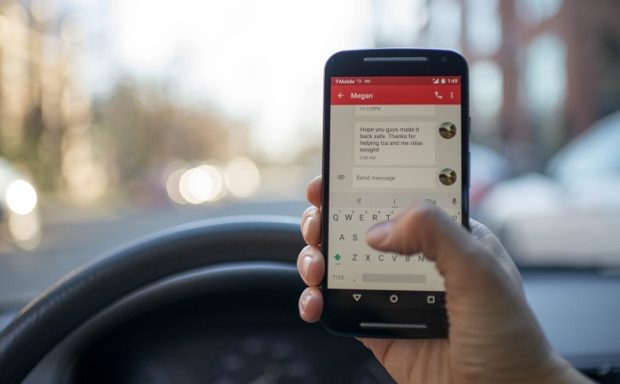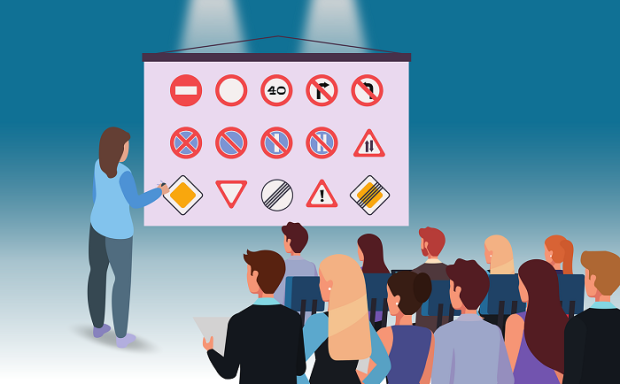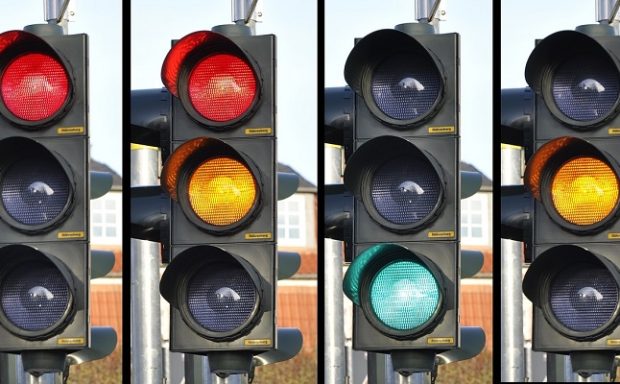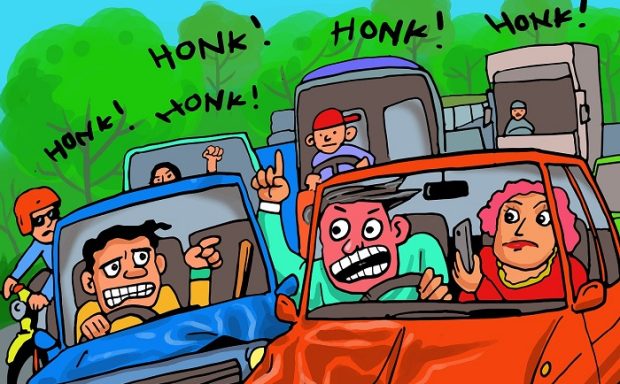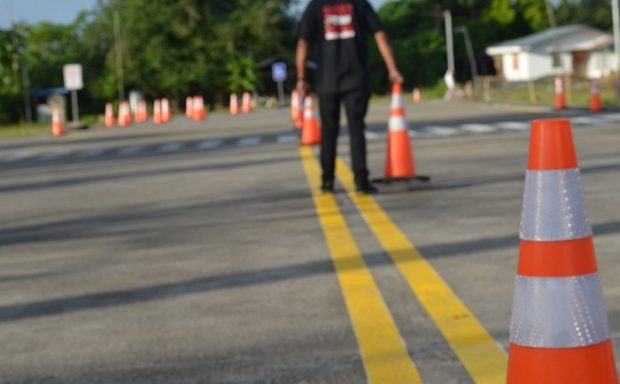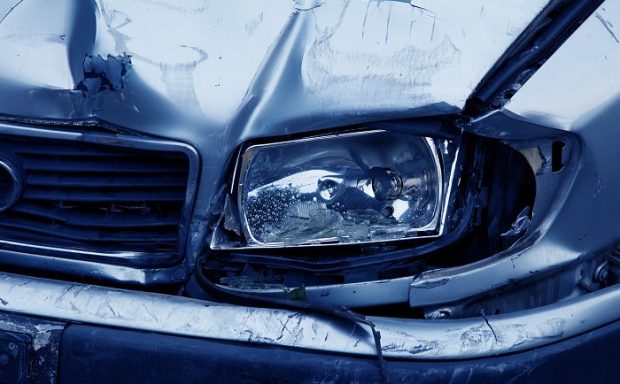What are Dangers of Texting and Driving in Indiana ?
Texting while driving is not only illegal in many countries Including Indiana but also extremely dangerous. It only takes a split second to glance at your phone and lose control of your vehicle. The risks are evident, but many still choose to engage in this hazardous activity, putting their lives and those of others in danger. However, the consequences of texting while driving go beyond just the physical dangers.
1. Social Implications
Texting while driving can also have significant social implications. People who text and drive are often viewed as irresponsible and inconsiderate. It can also affect their relationships with friends and family, who may see them as reckless and selfish. Additionally, being involved in an accident while texting and driving can lead to a loss of social standing and reputation, making it harder to maintain relationships.
You may also read: Dangerous Driving Situations and How to Avoid It?
2. Legal Consequences
Aside from the physical dangers of texting while driving, there are also legal consequences to consider. In most countries, texting while driving is considered a serious offense, and the penalties can be severe. Drivers can face fines, points on their license, and even jail time if they cause an accident while texting. These legal consequences can have long-term implications, such as difficulty finding employment or obtaining insurance.
3. Economic Impact
Texting while driving can also have a significant economic impact. The cost of accidents caused by texting and driving is staggering, and it can lead to higher insurance rates for everyone. Additionally, accidents can result in expensive repairs, medical bills, and lost wages. These costs can quickly escalate and can have a significant impact on the economy as a whole.
You may also read: Parent vs Professionally Taught Driver’s Ed: Which one to Follow ?
4. Psychological Effects
Finally, the consequences of texting while driving can also have psychological effects. Being involved in an accident caused by texting and driving can be traumatic, leading to anxiety, depression, and other mental health issues. These psychological effects can have long-lasting impacts on a person’s well-being, affecting their ability to work, socialize, and enjoy life.
Indiana Laws on Cell Phone Use While Driving
In the state of Indiana, it is illegal to text while driving. The state has implemented laws to curb this dangerous behavior, with fines reaching up to $500. Furthermore, Indiana has also restricted cell phone use for young drivers and commercial vehicle drivers. Young drivers under 21 years old are not allowed to use cell phones while driving, even with hands-free devices. Commercial drivers are also prohibited from using handheld devices while driving.
You may also read: How to Drive Safely in Sun Glare?
The state of Indiana recognizes the dangers of texting and driving and has implemented laws to protect its citizens. These laws serve to protect drivers, passengers, and pedestrians from the physical, social, legal, economic, and psychological consequences of texting while driving. It is essential that we all take responsibility for our actions and make a commitment to avoiding distracted driving to ensure the safety of ourselves and others on the road.

